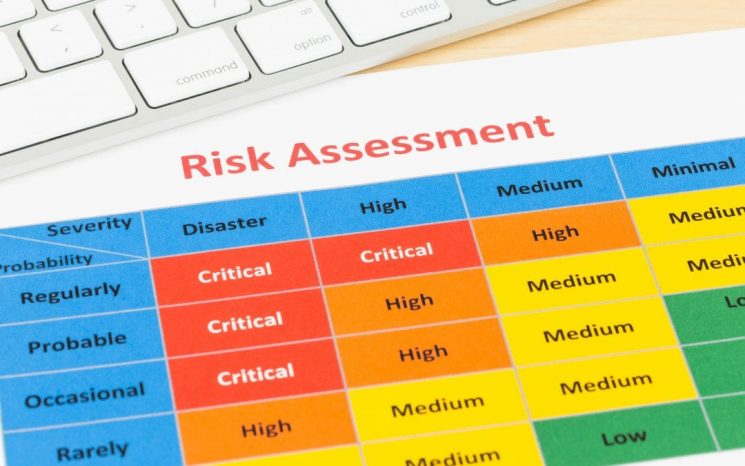Mismanaging risk within your organisation could have severe and far-reaching implications. While not passing an inspection and facing sanctions can be a nuisance, loss of life because of mismanagement can haunt you and damage your company’s reputation beyond repair. This is why risk assessment and management should be a priority. Still, so many end up overlooking some crucial aspects that could put their employees or contractors at risk. Let’s take a look at some common risk assessment mistakes and how to avoid them.
Refusing to use Technology
It’s still surprising to see how many people are still using paper to track their risk assessment and compliance process. Tools like ACMS UK’s Vision Software allow you to gather all compliance and risk assessment information all in one place. Vision is a risk management and compliance software system that lets you manage auditing and data in one place. Use the dashboard to see where risks lie.
There is absolutely no reason to rely on outdated methods today. Tools like these will allow you to make the transition smoothly as they will allow you to upload historic files as well.
Thinking that Filling a Form Accomplishes Anything
Some people will think that filling forms perfectly is what risk assessment is all about. In reality, it’s about having a clear view of risk and making informed systematic decisions and judgements about possible hazards. You then need to assess whether you have the tools and procedures in place for mitigating these risks.
You should see risk assessment as what it’s supposed to be, the process of making the right decisions based on safety. The forms are just a visual reflection of that.
Forgetting Support Activities
Another mistake a lot of organisations make is focusing on main activities when many other factors have to be taken into consideration. If you warehouse some of your materials, then there are risks associated with that. Transportation is another one. You also have to see these assets as part of your risk assessment portfolio, not just the facilities and properties you may own.
Not Staying Up to Date
In all cases, you will need to meet legal requirements for frequency when it comes to risk assessment. They have to stay relevant, meaningful, and up to date. Those terms won’t have a clear time scale, however, but there are some pointers that you can follow to know when it’s time to review your risk assessments.
The main one is when there are sweeping changes in regulation. If a certain building material is outlawed, for instance, you will have to review the risk assessment across all your properties.
Risk assessment is not something you can take lightly and doing so could eventually end up destroying your business and opening you up to all sorts of legal repercussions. Make sure that you stay on top of recent changes at all times and have a solid system for gathering your risk assessment data and acting upon it.





